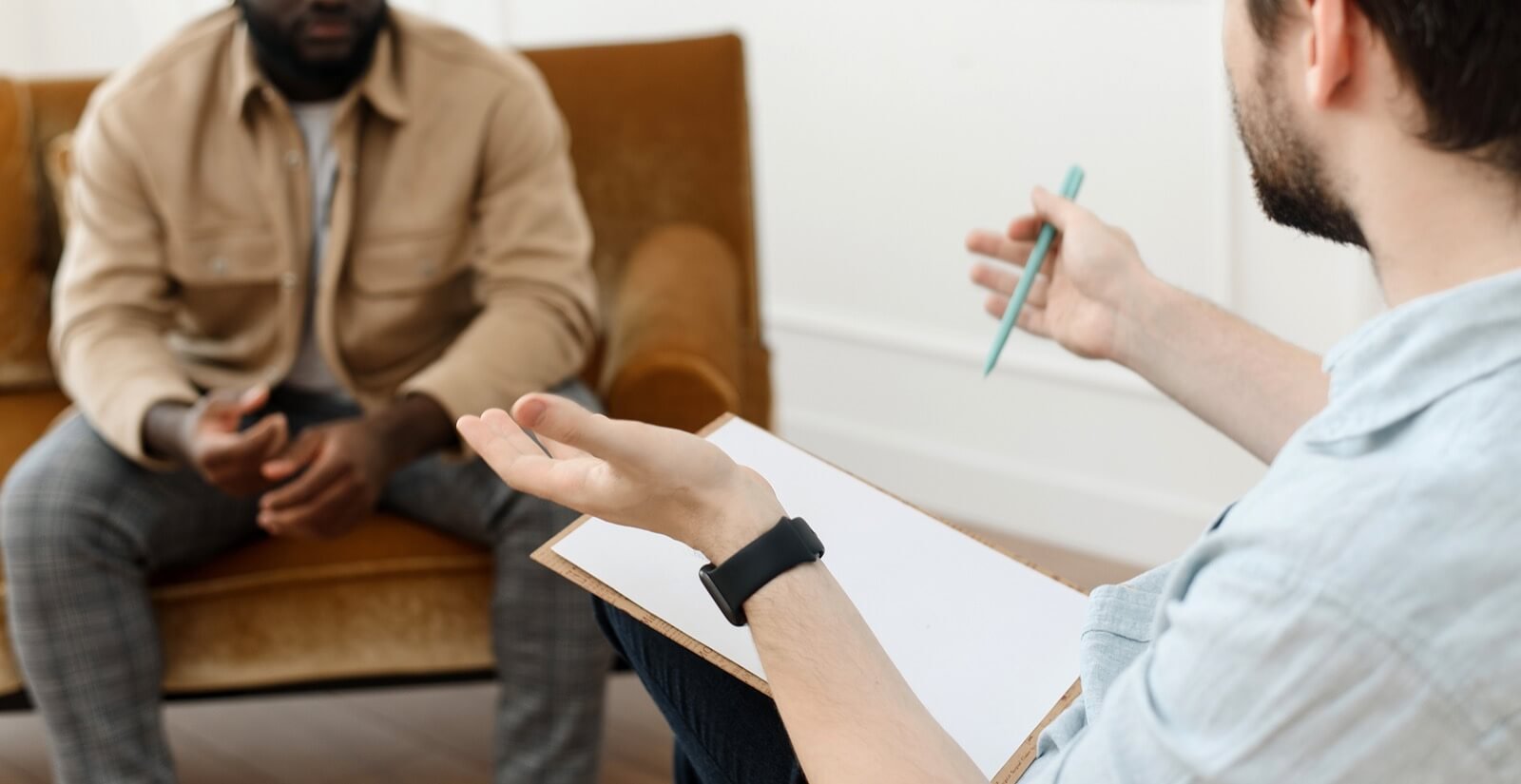
People usually experience hip pain at some point in their life. It is a condition that is caused due to multiple reasons, including joint disorders and overuse. No matter whatever the causes of hip pain are they are very frustrating and deliberating to some patients.
It becomes an annoyance or becomes a barrier to their daily activities. Hence, these reasons make its treatment relatively very significant.
This blog gives detailed information concerning the causes and treatment of hip pain.
Table of Contents
Causes of Hip Pain
Hip pain is caused due to several underlying conditions. Some of them are given below:
Arthritis
Two of the most Common Causes of Hip Pain, osteoarthritis and rheumatoid arthritis, are usually the concern of older people. Because of this issue, the hip joint gets inflamed and causes cartilage breakdown, which functions as the cushion of the hip bone. This pain becomes worse with time and leads to stiffness and reduction in the hip movement.
Bursitis
Bursitis is the issue of Bursae, liquid sacs that are found between tissues like bone, muscles, and tendons. When these tissues rub together, it makes the movement effortless. Due to repetitive activities, the Bursae gets inflamed and severely irritates the hip joint, thereby causing this problem.
Muscle Or Tendon Strain
When people indulge themselves in regular activities, they witness strain on the muscles, tendons, and ligaments supporting the hips. Performing excess activities makes these muscles inflamed that further causes pain and restricts the hip from working normally.
Tendinitis
A thick band of tissues connecting the bones to the muscles is known as tendons. When these tendons get inflamed or irritated because of stress, it can cause tendinitis.
Hip Labral Tear
A tear in the cartilage ring, following the external rim of the socket of the hip joint, is known as a hip labral tear. Apart from being a cushion of the hip joint, the labrum also acts like a rubber seal or gasket that holds the ball of the top of the thigh bone securely in the hip socket. People who are involved in redundant twisting movements or athletes are more likely to develop this problem.
Avascular Necrosis
When the blood flowing to the hip bone slows down, the bone tissue dies, causing this problem. Though it can affect other bones, it most often causes an issue in the hip.
At-Home Treatment For Hip Pain
Sometimes, the causes of hip pain are not so severe. In such cases, the following at-home treatment helps in curing the sufferance.
Rest
Resting is the best option for relieving hip pain. It means putting no or less pressure on the hip or avoiding things that involve hip movement can provide relief from the pain.
![]()
Cold and Heat Compress
Cold and Heat compress also provides relief from the hip pain. It not only minimizes the pain but also prepares the muscles for stretching.
Over-The-Counter Pain Relievers
Sometimes, inflammation can be one of the primary Causes of Hip Pain. For this, over-the-counter medications like acetaminophen, ibuprofen, and naproxen sodium help in reducing the pain.
Stretching
A gentle stretch to the body reduces the hip pain significantly, which is caused due to a minor strain or pinched nerve.
Medical Treatment for Hip Pain
If at-home treatment won’t help in easing out the hip pain, seeing a doctor becomes very essential. First, a physical examination is conducted in which the signs of injury like redness, swelling, or warmth are checked. They also examine the motion by asking the patient to walk and lift the leg.
Then, some laboratory and imaging tests, including blood tests, urine tests, joint fluid samples, X-Rays, CT scans, MRIs, and ultrasounds are conducted. After figuring out the cause of hip pain, a particular treatment plan is suggested to the patient, which is as follows:
- Surgery- Surgery is required when the pain in the hip is caused due to septic arthritis, avascular necrosis, hip labral tear, inguinal hernia, pinched nerves, etc.
- Acupuncture- This treatment is usually conducted on patients with infections or blood clotting issues.
- Hydrotherapy and Physical Therapy- This treatment is proven to be efficient for people suffering from arthritis, strain, tears, etc.
Conclusion
Hip pain can also originate in other body parts like the lower back which makes it unbearable and relatively frustrating. Hence, it is advisable to get the checkup done to avoid it from turning into a major cause of concern.
The muscles that are located in the hips and around them are called hip flexors. They include muscles such as the internal obliques, iliopsoas the gracilis, sartorius, and fascia latae, tensors. When muscles become stiff due to continuous stretching and flexion and cause pain, they may be a source of. This type of pain is typically experienced in everyday activities like walking up and down stairs or lifting objects off the ground.
In terms of athletics, tight hip flexors could hinder running and any resistance exercise that involves rotating the pelvis. Hip flexor pain that is indicated is usually felt during activities that require strength from the upper and back legs and core. The athletes notice the tip of their hip flexors usually when performing weighted exercises like squats or deadlifts. Two hip flexor muscles that result in a myriad of lower back and hip pains: Iliacusand Psoas. Both muscles are located inside the body.
They get tighter after prolonged periods that are spent in chairs. The most powerful motion of the entire QL Claw move is to put on your buckles. The trigger-side foot is moved around in a windshield wiper-like motion. Feel free to be creative in the motion. Move your foot in any direction that feels appropriate.







